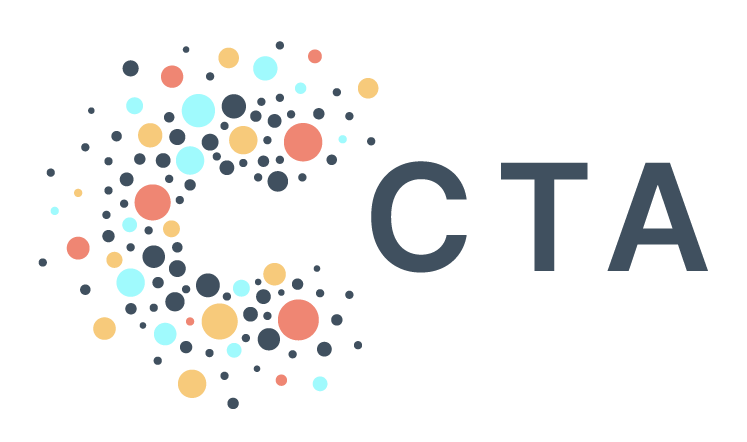The 5 Common Data Problems
For years, we’ve heard the same challenge over and over again from partners: we’ve got a wealth of data but it’s hard to use it effectively.
As we’ve gotten more and more sophisticated about ways to capture data across the movement, it’s been hard to keep up with ways to handle that data — from storage and security, to integration and making it actionable.
Sound familiar? You’re certainly not alone. Here are some of the most common challenges we see — and how we can help solve them.
1.Data Data Everywhere
Orgs are collecting more and more data, and that’s great. But too often, that data isn’t talking to each other, decreasing the value of the data significantly. However, getting data sources to sync together and talk to one another can be labor-intensive and expensive.
Our solution: PAD, the Progressive Action Database, a data tool that makes it easy to integrate data from disparate sources. Whether you’re bringing together ad data from different platforms, voter file data, volunteer data, financial data, or more, PAD’s infrastructure can bring these sources together.
2. Wasted Time and Energy on Integration
Trying to solve the silo problem, data teams (and you might be one of them!) are spending hours downloading and uploading data files or engineering one-off solutions, eating up huge amounts of time that could be spent on valuable analysis.
Our solution: A baseline infrastructure (PAD) where you can sync and transform data. PAD can be customized to your organization’s needs in order to easily store, move, analyze, and visualize your data. PAD also syncs with over 50 tools (and counting). That’s 50+ integrations you don’t need to custom build.
3. Inactionable Data
With data siloed and hours sunk into building syncs, that doesn’t leave a lot of time for gleaning insights and making programmatic improvements. Nor do most organizations have a good way to visualize data in a way that’s accessible to folks outside of the data team.
Our solution: PAD’s integration with Looker Studio means orgs can better access, work with, and understand their data. (PAD also integrates with Tableau, Periscope, or other reporting tools.)
4. Data Security, Storage, and Cost
The cost and sprawl of managing all this disparate data is another headache and expense. And one that requires constant vigilance on security. That gets expensive quickly, and staying on-top of the latest security updates is time-intensive.
Our solution: By treating our data infrastructure like a public utility for our partners, we’ve been able to reduce the cost of data housing, syncs, and transformations by creating a singular, robust infrastructure. PAD also ensures uptime & reduces threat surface area.
5. Tool Sprawl + Degradation
With so many tools evolving (or disappearing) and new tools being introduced, it can feel impossible to stay up to date on what’s happening, meaning it’s hard to keep data current and safe.
Our solution: PAD is a shortcut because you’re building on top of an existing, solid, and tested data infrastructure that gets customized for your organization. No more worrying about the latest updates or tools — we take care of that for you.
If any of these sound like challenges your organization is tackling — you’re certainly not alone and we’re here to help. Send us a note to info@techallies.org and let’s get you some solutions!
